littlewindmill829
Jr. Member
- Joined
- Feb 20, 2022
- Messages
- 57
- Reaction score
- 221
- Golden Thread
- 0
- Location
- Columbia Plateau, Oregon
- Primary Interest:
- Relic Hunting
Upvote
4
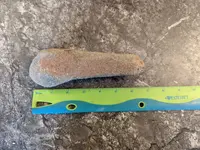
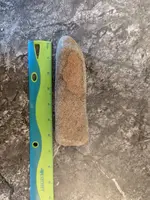
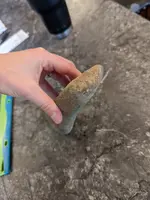
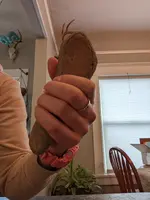
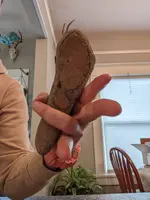
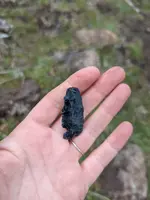
There is quite a bit of petrified wood in the area, but none quite so red. I'm not sure!Never seen a pestle quite like that one either. May have a specialized use. Is the arrowhead petrified wood.?
Found in the Columbia Plateau in Eastern Oregonyou found this where? PNW is well known for phallic pestles, and anamorphic ones too...could be a bear?

Wow! Those are so interesting and something I would have never thought of! Those are all very tubular but the bumps on the end are identical. Thanks for sharing!The above pics were found on this website
Fossil Finds: Ladonia Fossil Park | Jurassic James
jurassicjames.com
Thank you so much for your comments! They are so helpful, I appreciate it!I would say that your next pestle is a natural form but was used as a pestle. A very nice example of such a "rock" that shows correct wear indicating usage. Your first broken point is jasper but often jasper is also petrified wood. Your point appears to be both.

For the first piece, I was thinking Elko Eared or maybe Hells Canyon?First piece--I believe the basal ear tips are broken off. So maybe Elko is another possibility...
As for the obsidian one, which I love! I don't know, maybe Cold Springs?? Couldn't find anything closer for my area.well, my initial reaction would be Merrybelle, but "corner notch" is the most appropriate... so maybe about 2,000 BP? But look at that obsidian one! Can you show where the "broke" parts are because having an asymmetrical notch is unusual! ... is the tip broken? it looks maybe purposeful blunt like that.
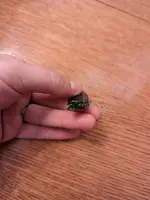
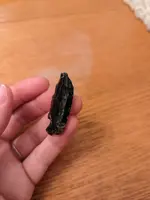
Upon further inspection, I believe this one more closely fits into Bitterroot.As for the obsidian one, which I love! I don't know, maybe Cold Springs?? Couldn't find anything closer for my area.
I don't think the breaks are intentional, but could be wrong. It's a thick one - about 5mm.
View attachment 2013032View attachment 2013033

Tdog is on the right track...... It looks to be a Elko corner notch that was heat treated, not from a natural fire. As far as the obsidian piece. It looks pretty thick from the picture. Cold Springs, Bitterroot and Northerns are usually very finely made. Even the large specimins are really made well and not thick.After further scrutiny on the point fragment, I have to ask...
Has the point fragment been exposed to heat from intentional heat treating to better knap or from a camp fire or from something else? It sure looks like it in the pics with all those hinges, cracks and the variation in the frosty, yellow and red color. The overall appearance of the material also looks brittle. Is there enough identifyiing characteristics there for you west coast collectors to ID it's type? It's a corner-notched point, approx 5/8-11/16 wide and possibly as thin as a cracker. The space between the notches is approx 1/2" and hiints at it's shaft diameter to which it was hafted. A knife or projectile, an arrowhead or dart (spear point)? Just to try and stir up more talk on this thread.
Cool, I need to learn about heat treating!Tdog is on the right track...... It looks to be a Elko corner notch that was heat treated, not from a natural fire. As far as the obsidian piece. It looks pretty thick from the picture. Cold Springs, Bitterroot and Northerns are usually very finely made. Even the large specimins are really made well and not thick.
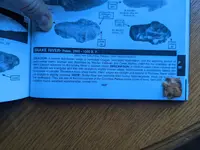
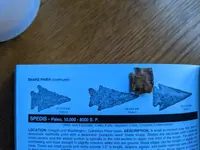
Thanks so much, very helpful!I'll add this in case you don't know how those terms came about.
Typically, stone "Arrow heads" are created in stages. First, suitable pieces are struck from a core. Next, they are bifacially flaked to create preforms. They are then further refined by thinning and shaping. Now comes time for the notches. For corner notched points, flakes are removed from the corners of the piece forming notches. To create side notched points, flakes are removed from the sides. Serrations are added last.
